Some culinary trends are all sizzle and no steak—literally.
One minute, your feed is flooded with rainbow bagels and gold-covered sushi, and the next, you’re wondering why your meal tastes like a crayon with a price tag.
In the age of viral recipes and flashy food photos, it’s easy to fall for the hype. But let’s be honest—just because something looks good under a filter doesn’t mean it belongs on your plate.
Meanwhile, quietly simmering in the background are cooking techniques that have been around forever, patiently waiting for their glow-up. These unsung kitchen heroes don’t go viral, but they do deliver unforgettable flavor, texture, and heartwarming comfort.
They’re the kinds of techniques your grandma swore by—and grandma always knew best. So let’s pull back the curtain on the overhyped, the underloved, and everything in between.
1. Gold Leaf on Food

Gold leaf’s allure is undeniable, shimmering elegantly atop luxurious dishes. Yet, its aesthetic appeal often outweighs its culinary contribution.
While its gleaming presence may elevate the visual appeal, it adds no flavor or nutritional benefit. Many diners are left wondering if the price justifies the sparkle. In essence, it turns meals into more of an extravagant display rather than a culinary delight.
Though it makes for a stunning Instagram photo, the sensory experience is lacking. Beneath the gilded glamour, the dish often loses its soul, overshadowed by the decorative metal. For true culinary enthusiasts, taste trumps presentation.
Thus, while gold leaf may dazzle the eyes, it often leaves the palate wanting more. Its value is mostly perceived, not tasted, making it an overrated culinary choice.
2. Charcoal Everything
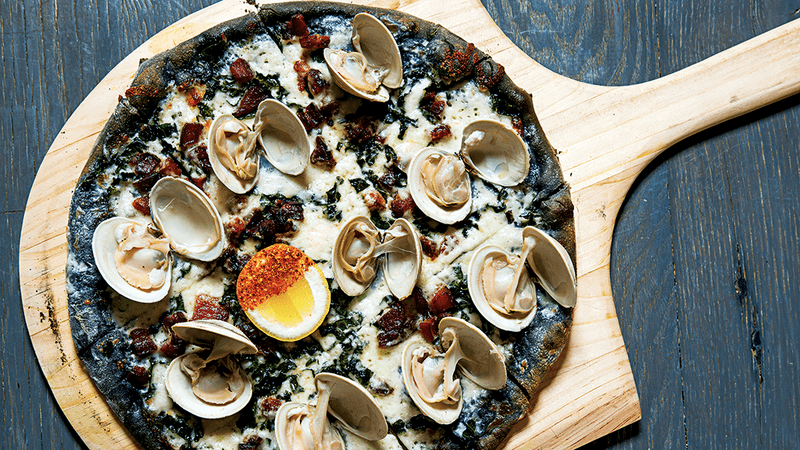
The trend of integrating charcoal into food exudes sophistication and a touch of mystery. But the reality often falls short of expectation.
Many dishes, be it charcoal ice cream or pizza crust, present a bitter taste rather than the expected rich flavor. The purported health benefits, such as detoxification, are frequently exaggerated, offering more hype than substance.
On the plate, it may look strikingly unique and edgy, yet the taste seems to miss the mark. With each bite, the anticipation of a novel experience dissipates into a chalky aftertaste. When culinary trends prioritize aesthetics over flavor, they quickly lose their appeal.
Charcoal’s dramatic visuals can’t compensate for its lack of culinary depth.
3. Rainbow-Colored Foods

Rainbow foods burst onto the scene with a splash of color, captivating eyes and social media feeds alike.
Their vibrant hues promise a fun culinary adventure. However, beneath the rainbow facade, these foods often rely heavily on artificial dyes. This results in a lack of genuine culinary value. The visual spectacle often overshadows the actual taste, which can be disappointingly ordinary.
When food becomes more about the spectacle than the sensory experience, it loses its charm. For some, the rainbow trend embodies creativity and playfulness. But for others, it’s a distraction from the true essence of cooking: flavor.
Beauty is in the eye of the beholder, but taste reigns supreme on the palate.
4. Extreme Spicy Challenges
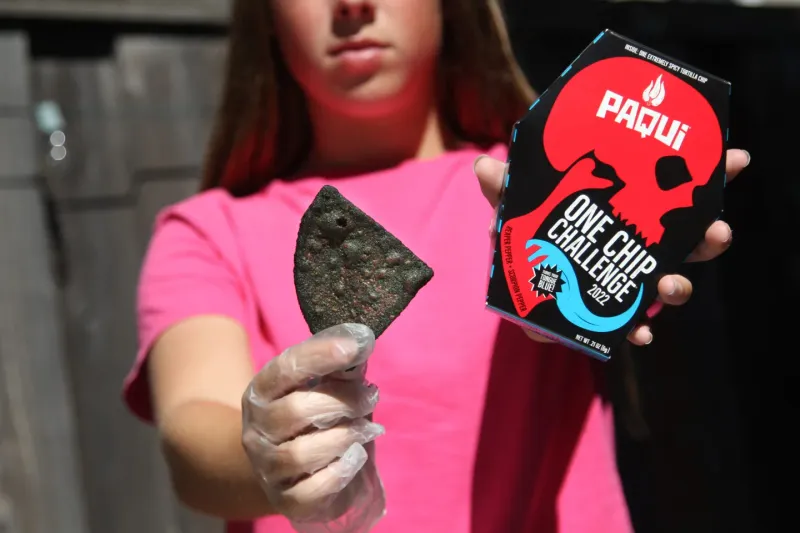
Spicy challenges, such as consuming fiery wings or ghost pepper noodles, draw thrill-seekers to test their heat tolerance. The excitement lies in the challenge rather than the culinary experience.
While they might initially enjoy the adrenaline rush, the intense heat quickly numbs the taste buds, overshadowing any underlying flavors. What starts as a culinary adventure often ends in a battle against the burn.
Participants might savor the bragging rights but lose out on the dish’s true essence. In trying to outdo each other with heat, chefs risk sacrificing flavor for fiery spectacle.
A balanced spice adds depth, while extreme heat often detracts. Spice should enhance, not dominate, leaving these challenges more about bravado than taste.
5. Sous Vide Everything
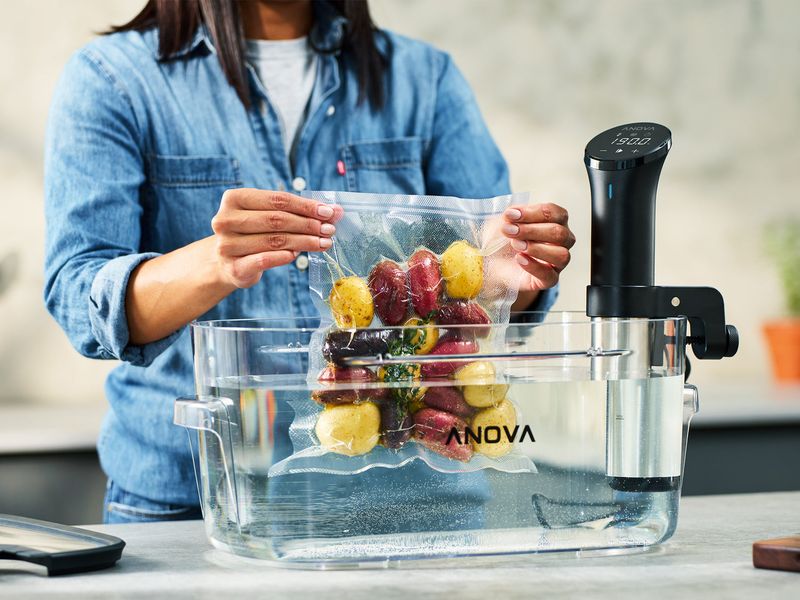
Sous vide cooking offers precision and consistency, attracting chefs and home cooks alike. Yet, when applied indiscriminately, it risks creating uniformity rather than culinary innovation. While some dishes benefit from the technique’s precision, doing everything sous vide can strip meals of their character.
The approach requires patience and meticulous timing, but it lacks the spontaneity that some dishes thrive on. The result can be textures that are too consistent, devoid of surprise and variety. As a single-note approach, it limits the full spectrum of culinary exploration.
While sous vide has its place, relying on it for every dish can stifle creativity. Balance is key, blending old and new techniques to create memorable meals.
6. Unicorn-Themed Dishes

Unicorn-themed dishes dazzle the imagination, filled with whimsy and magic. They bring a sense of fantasy to the table, appealing mainly to the child within us.
However, beyond the enchanting appearance, these dishes often lack depth in flavor. Instead, they primarily taste of sugar and food dye, leaving little room for culinary sophistication. The allure lies in their visual charm rather than gastronomic excellence.
Over time, the novelty fades, revealing the underlying simplicity of these creations. A delightful treat for the eyes, perhaps, but the palate yearns for more. They remind us that while creativity in the kitchen is welcome, it should not come at the expense of taste and quality.
7. Truffle Oil Obsession
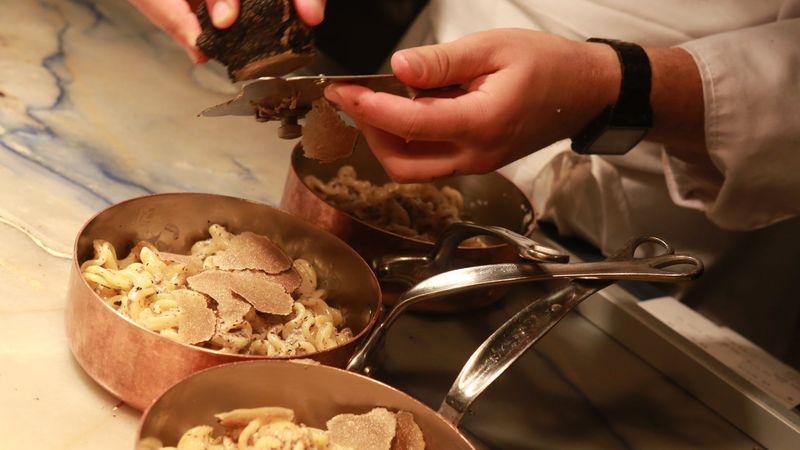
The obsession with truffle oil has taken the culinary world by storm, promising an earthy, luxurious aroma.
But many truffle oils, in reality, lack authentic truffle essence, relying on synthetic compounds. This often results in an overpowering scent that dominates rather than complements a dish.
Its ubiquity can mask rather than enhance the flavors chefs aim to spotlight. While a hint of genuine truffle can elevate a meal, truffle oil often does the opposite. The subtlety of true truffles is lost amid the synthetic fragrance.
Culinary pursuits should strive for authenticity, and this trend often misses the mark. Truffle oil’s popularity underscores the need for discernment in choosing ingredients.
8. Over-The-Top Milkshakes

Over-the-top milkshakes have taken dessert presentations to new heights, literally. Towering concoctions adorned with cookies, donuts, and candies promise a visual delight.
Yet, they often prioritize spectacle over substance. While Instagram-ready, their impractical size and chaotic mix of flavors can overwhelm rather than satisfy.
The balance between visual appeal and taste is crucial, and these shakes frequently tip the scales towards the former. In attempting to impress, they lose the simplicity that makes a milkshake enjoyable. The artistry is clear, but practicality suffers, making it more about the show than the flavor.
A dessert should delight the palate first, not just the camera lens.
9. Cloud Bread

Cloud bread, with its dreamy, feather-light appearance, captured the imagination of home bakers everywhere. Its ethereal look promises something unique, yet its taste often falls flat. The texture is peculiar, oscillating between airy and spongy, leaving some palates perplexed.
While it offers a low-carb alternative, it lacks the satisfying bite and flavor of traditional bread. As a viral sensation, its allure is primarily visual, enticing those seeking novelty in baking.
However, its culinary merit remains debatable. When the Instagram feed is prioritized over taste, food trends like cloud bread remind us of the importance of flavor and texture. True innovation should enhance the eating experience, not just the photo opportunity.
1. Braising
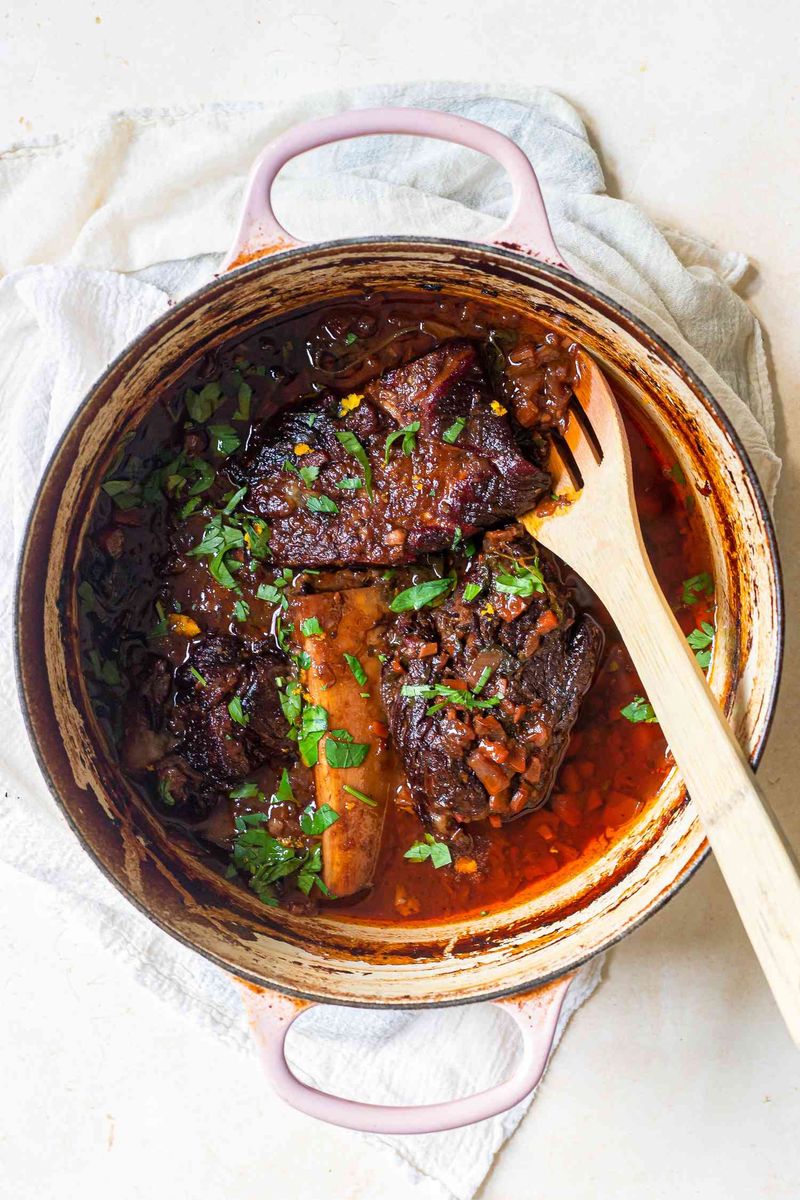
Braising is a time-honored technique that transforms tough cuts into tender, flavorful masterpieces. By slow-cooking meat or vegetables in liquid, it builds complex flavors that comfort and satisfy. Its magic lies in the gradual melding of ingredients, creating dishes rich in depth and warmth.
This method requires patience, as the slow simmering process allows flavors to develop fully. As a result, the meat becomes succulent and juicy, falling apart at the touch of a fork. Braising embraces the essence of home-cooked comfort, offering hearty meals that warm the soul.
It celebrates the beauty of transformation, turning humble ingredients into culinary treasures. For those seeking deep, satisfying flavors, braising is a timeless choice.
2. Toasting Spices
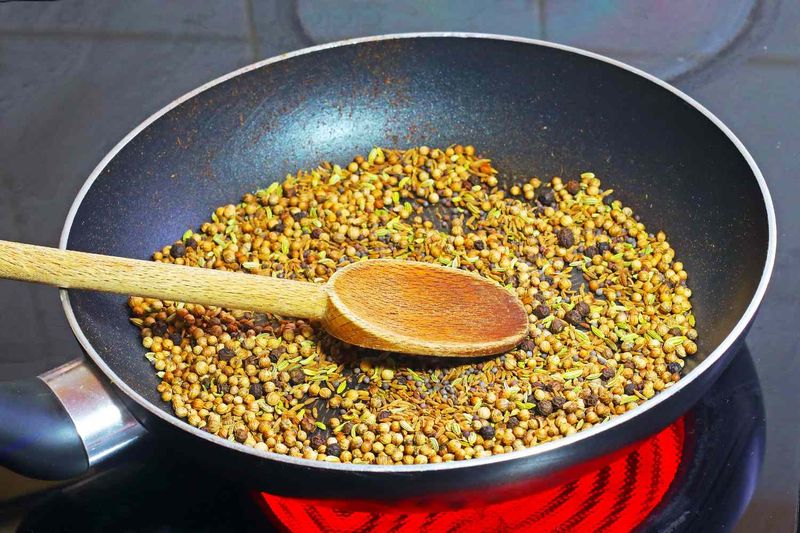
Toasting spices is a simple yet transformative technique in the culinary world. By gently heating them in a dry pan, hidden aromas are unlocked, elevating dishes with rich, complex flavors.
This small step can make a significant impact, turning ordinary meals into extraordinary experiences. The warmth from the pan releases essential oils, enhancing both scent and taste. Each spice reveals layers of nuance, adding depth to the culinary canvas.
This technique respects the integrity of spices, allowing them to shine as central players rather than mere accents. For cooks seeking to infuse their dishes with authentic and aromatic flavors, toasting spices is an invaluable tool. It’s a testament to the power of simplicity.
3. Deglazing
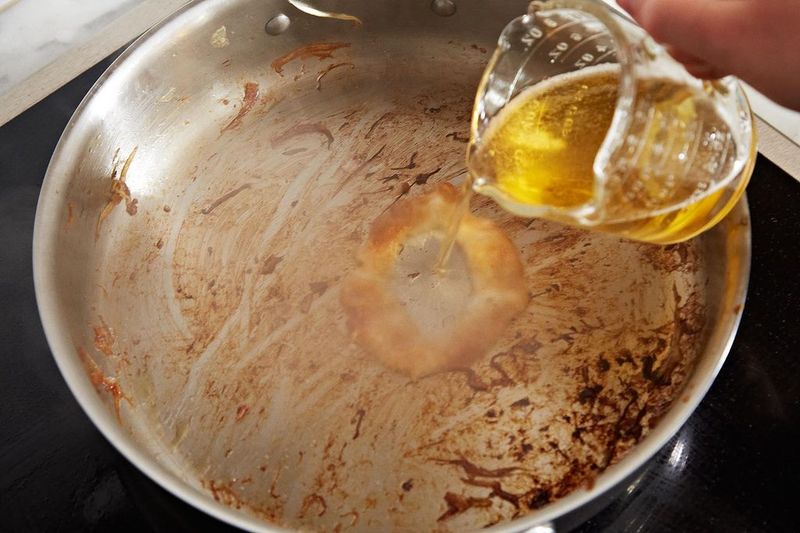
Deglazing is a chef’s secret to unlocking flavor from the simplest ingredients. By adding liquid like wine, broth, or vinegar to a hot pan, the flavorful bits left from searing are transformed into liquid gold.
This technique enriches sauces and gravies, infusing them with depth and complexity. It captures the essence of the dish, turning ordinary meals into gourmet experiences. The process is as much about art as it is about science, requiring balance and intuition.
The result is a sauce that carries the memory of the pan, rich and layered. Deglazing elevates cooking from a necessity to an art form, showcasing the beauty in every seared morsel. It’s a tribute to culinary creativity.
4. Blistering Vegetables
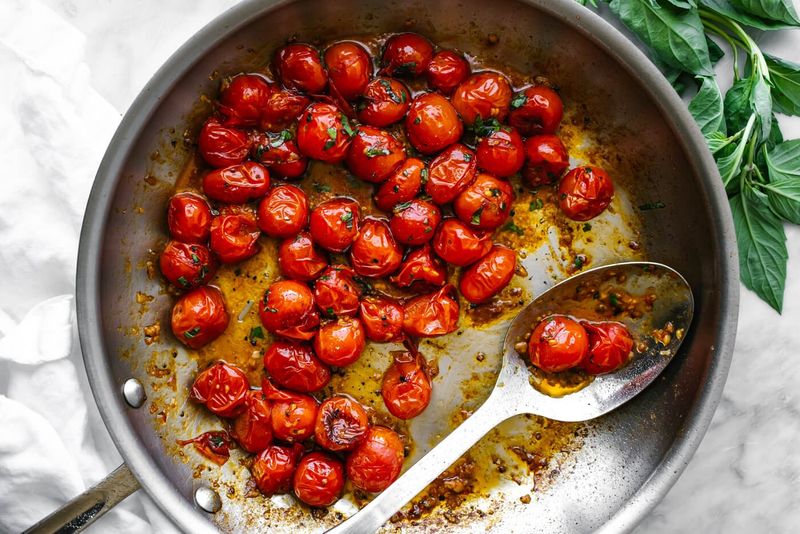
Blistering vegetables takes them to an entirely new level, imparting a smoky, charred finish that tantalizes the taste buds. By cranking up the heat, the natural sugars in the veggies caramelize, enhancing their flavors while adding a delightful crispness.
This technique offers a perfect balance between texture and taste, making vegetables the star of the plate. The result is a symphony of flavors that elevates even the simplest ingredients. Blistering brings out nuances that steaming or boiling can never achieve, offering a fresh perspective on familiar foods.
For those seeking a way to make vegetables exciting, blistering is a game-changer. It’s a reminder that simple techniques can lead to extraordinary results.
5. Making a Roux
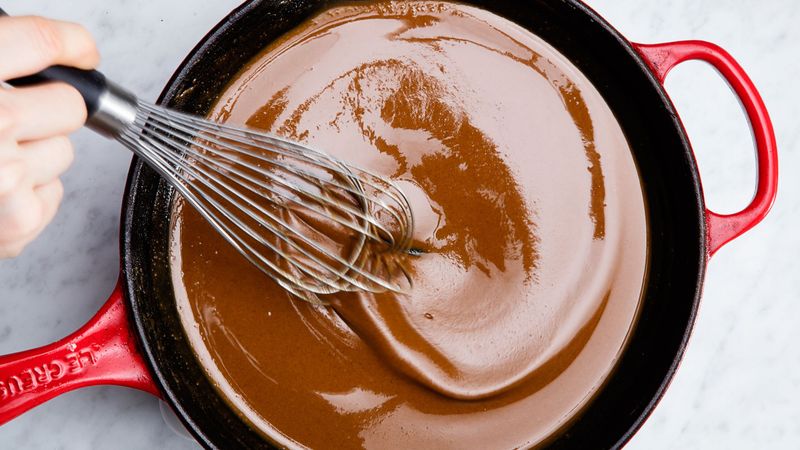
Making a roux is the cornerstone of many classic dishes, providing a foundation for gravies, sauces, and soups. By combining flour and fat, usually butter, it creates a base that thickens and enriches.
The art of making a roux lies in the careful balance and timing, as the mixture transforms in color and aroma. Patience is key, as rushing can lead to a burnt, unusable base. When done correctly, a roux adds a velvety texture that envelops the palate, offering both body and flavor.
It’s a technique that celebrates the fundamentals of cooking, turning basic ingredients into something special. For those who appreciate depth and richness, mastering the roux is essential.
6. Scoring Meat or Fish
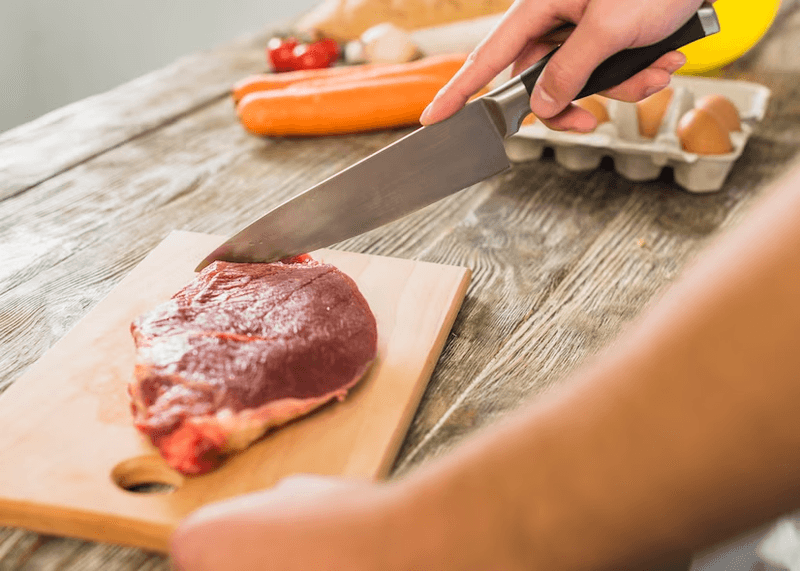
Scoring meat or fish is a subtle technique that enhances the cooking process, ensuring even heat distribution and flavor absorption. By cutting shallow slashes on the surface, marinades penetrate more deeply, infusing the meat or fish with vibrant flavors.
This technique is particularly beneficial for grilling or pan-searing, as it promotes even cooking. The result is a dish that’s both visually appealing and flavorful, with a texture that’s tender and juicy. Scoring also adds an aesthetic touch, as the cuts create an attractive pattern when cooked.
It’s a testament to the attention to detail that elevates a dish from ordinary to extraordinary. For those seeking to enhance their culinary repertoire, scoring is a valuable technique.
7. Infusing Oils or Butters
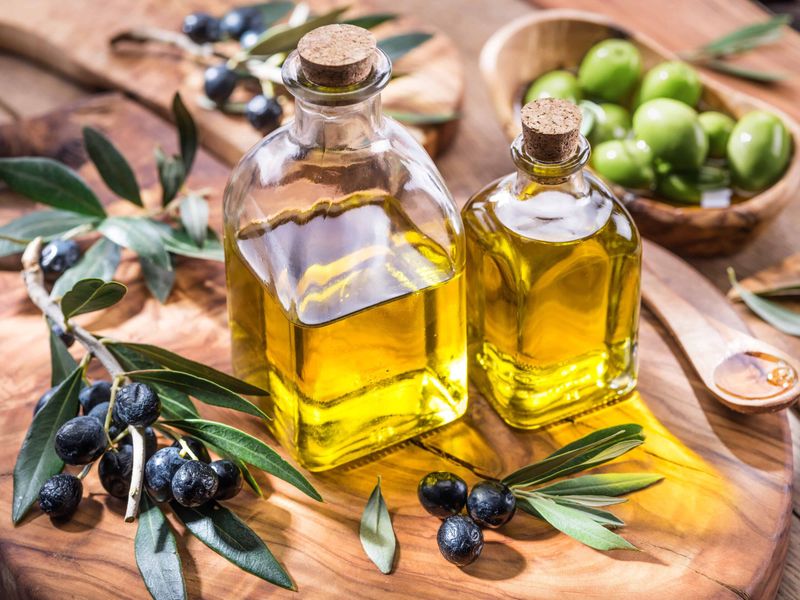
Infusing oils or butters with herbs, spices, or garlic is a delightful way to add layers of flavor to dishes. By gently heating these ingredients in fat, their essences are released, creating a base that’s both aromatic and flavorful.
The process is simple yet transformative, offering a subtle complexity that enhances any meal. Infused oils or butters can elevate everything from dressings to pastas, providing a gourmet touch to everyday cooking. The infusion process respects the ingredients’ integrity, allowing their unique characteristics to shine.
It’s a technique that celebrates the art of flavor, turning simple dishes into culinary masterpieces. For those looking to experiment with flavors, infusion is a creative path worth exploring.
8. Resting Meat
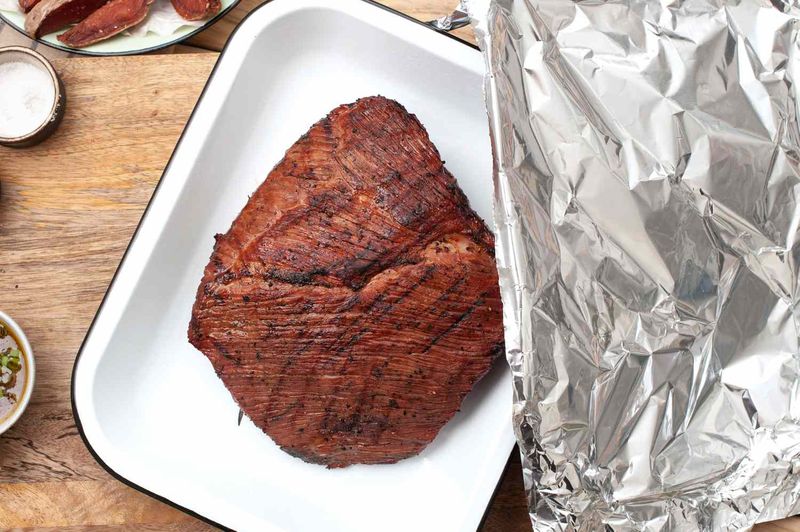
Resting meat is a crucial step often overlooked, yet it holds the key to juicy, flavorful results.
Once removed from heat, allowing meat to rest enables juices to redistribute throughout, preventing them from escaping upon cutting. This results in a moist, tender dish that’s a joy to eat. The resting period is a testament to patience, rewarding cooks with enhanced flavor and texture.
It’s a simple technique with a significant impact, transforming how meat is enjoyed. Ignoring this step can lead to a dry, lackluster dish, missing the mark on culinary excellence. For those seeking perfection in their meat dishes, resting is a non-negotiable step.
It’s a small pause that makes a world of difference.
9. Flash-Pickling
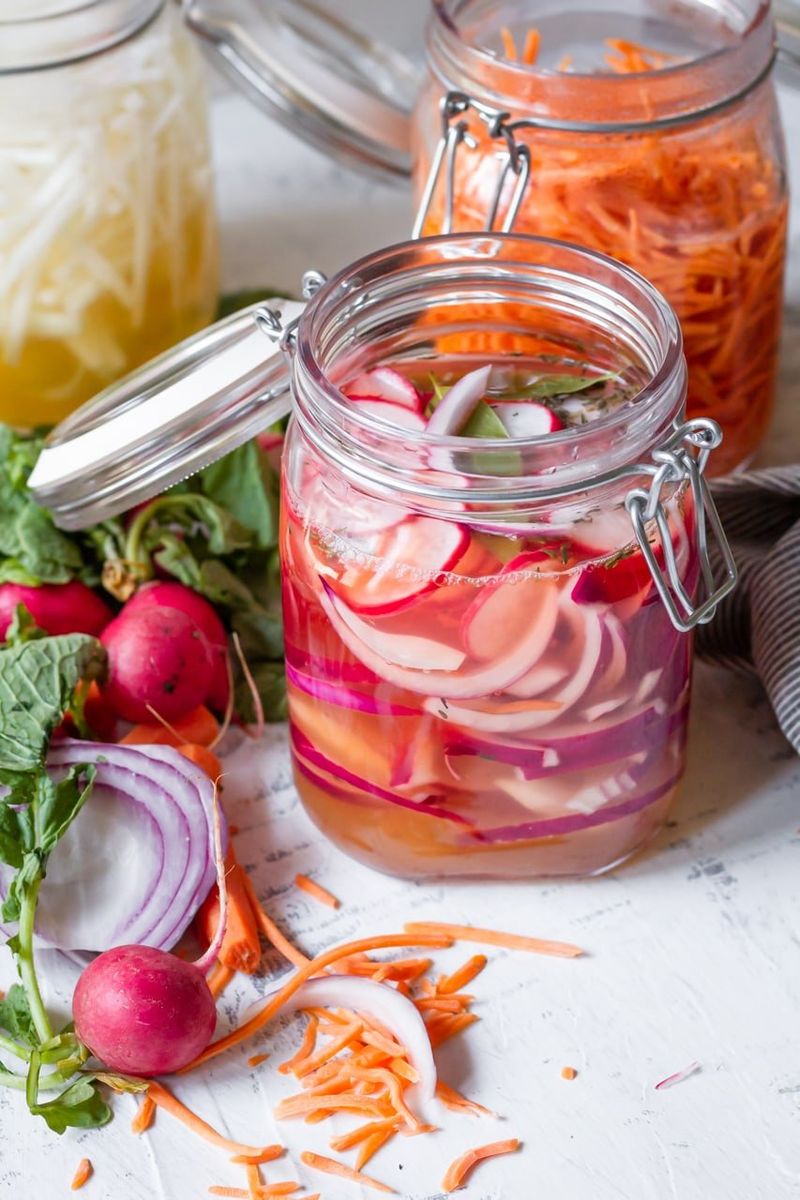
Flash-pickling offers a quick and flavorful way to preserve vegetables, adding a zesty crunch to dishes in under 30 minutes.
By marinating veggies in vinegar, sugar, and salt, their natural flavors are enhanced, creating a tangy, refreshing bite. This technique is perfect for those seeking to add a vibrant touch to their meals without the wait.
The process is simple and versatile, allowing endless combinations of spices and vegetables. Flash-pickling brings a burst of color and flavor to the table, transforming ordinary ingredients into standout accompaniments. It’s a celebration of creativity in the kitchen, offering a taste of tradition with a modern twist.
For those who crave bold flavors, flash-pickling is a must-try.
Leave a comment